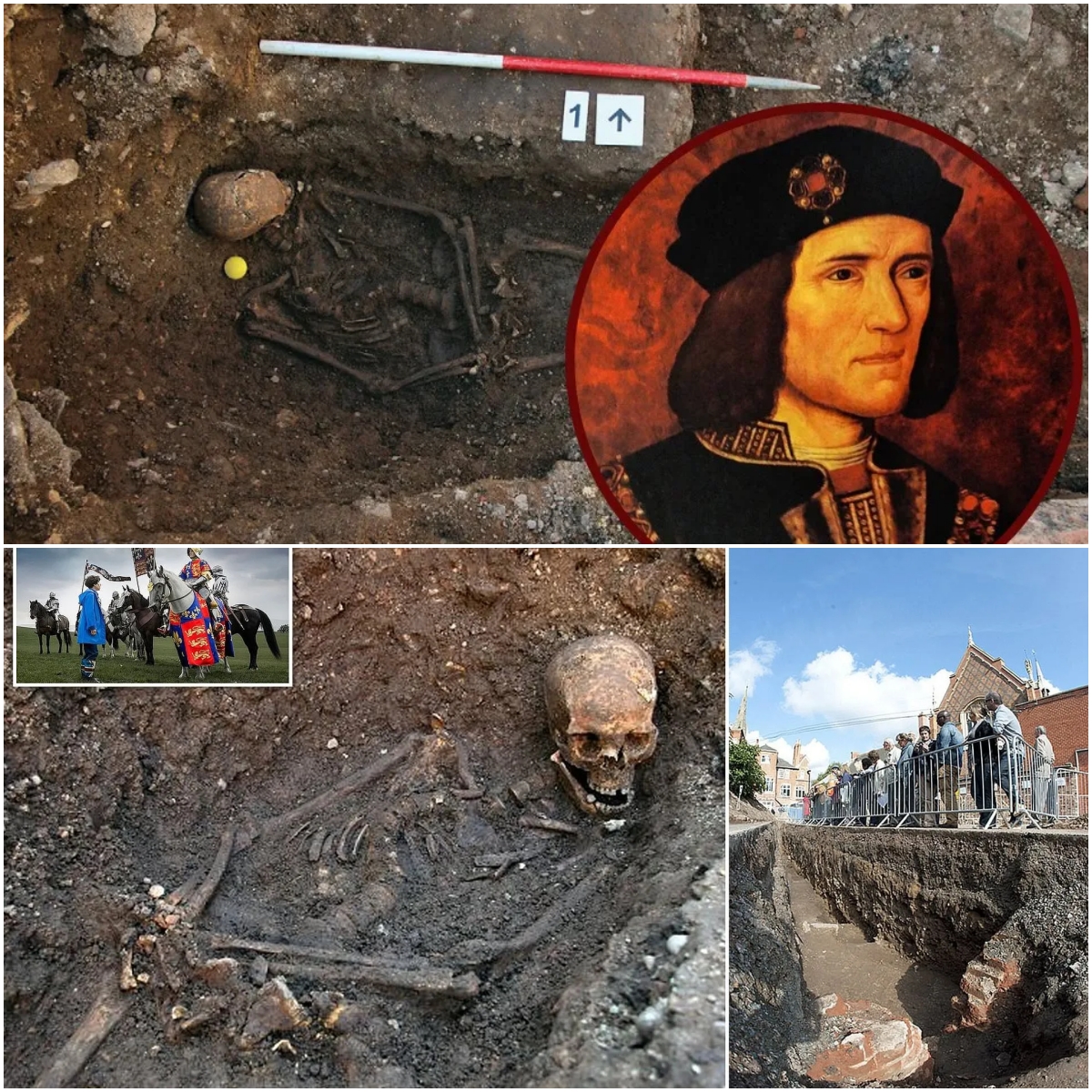Tenochtitlán’s Skull Tower: 650 Clues to a 500-Year Secret
The first description of the tower of skulls in Tenochtitlan was made in 1521 by Andrés de Tapia, who accompanied Hernán Cortés and the Totonacas, Tlaxcalans and other tribes in the assault on the city. Then Bernal Díaz del Castillo and Gomara will repeat it. Later, it will be denied a thousand times, and with it, that system of human sacrifice of the Aztecs, because the Aztec Empire had to belong to the indigenous Eden that the barbarian Spaniards had destroyed when they devastated America. Consequently, these descriptions of Aztec terror could be nothing more than lies to justify the conquest of Mexico.

Mexicans themselves say that their history – and Octavio Paz wrote against this nonsense – begins with the founding of the god Quetzalcóatl, to be later interrupted with the destructive arrival of the Spanish, and continued along its natural course after independence. It has been known for a long time – if you want to know – that the Spanish chroniclers did not lie.

But, naturally, this was not enough. It’s never enough. Now it won’t be either. The spectacular discovery by several archaeologists of the tower of skulls in Tenochtitlán will be forgotten and the myths of the black legend will continue to live because how are we going to explain the present problems of Latin America without the horrible Spanish Empire? Everything that happens to us now is because we were then colonized by the bad guys. And if they weren’t that bad, what do we do? Self-criticism? Never.
A few days ago, an agency news item revealed that in the archaeological excavations that have been carried out since 2015 next to the metropolitan cathedral of Mexico, a tower of skulls has been found that responds point by point to the description of the Spanish chroniclers. The accuracy is amazing. This is what archaeologists have now found in words: «An ossuary of heads of men imprisoned in war and sacrificed with knives, which was like a theater longer than it was wide, made of lime and stone with its steps, in which “Skulls were swallowed between stones with their teeth outward.” Cortes was not lying. With the aggravating factor that they are not only sacrificed warriors, as the Aztecs said, but also women and children.
The denial of sacrifices has had different versions, fully valid. On April 25 of this year, Jason Suárez, from the History Department of El Camino College in California, explained in his lecture Questions of ritual human sacrifice that the idea of human sacrifices is erroneous and the result of having distortedly interpreted the images in which these sacrifices are represented, to justify the conquest. He argues that anyone who saw Christ nailed to the cross could conclude that Christians also made human sacrifices, distorting a symbolic representation that does not refer to that reality. Another, more sophisticated way, which does not deny but does justify, is that of nutritional argument. For Marvin Harris, it is the lack of protein that explains human sacrifices. All of this is aimed at reinforcing the idea that the Spanish did not arrive in Mexico and end up with an institutionalized horror, because the horror had to be embodied by themselves, by Cortés and his men – as Neil Young sings with absolute ignorance in his Cortez the Killer- and, therefore, nothing beneficial could come from there.

But now the discovery of the tower of skulls in Tenochtitlán, so truthfully described by chroniclers, forces us to look at Cortés and his people in a different way. Whether this will have consequences in the future we do not know, but it is unlikely. Soon another blanket of silence will fall on this reality as it has fallen on so many others that did not need a team of archaeologists. Like, for example, that the governor appointed by Cortés that Mexico had in the new Christian order was called Andrés de Tapia Motelchiuh (1526-1530) and he was an Aztec who was baptized taking precisely the name of the chronicler and also keeping his own, and that he was a commoner almost a slave whom the ossified Aztec social system would never have allowed to prosper. He accompanied Cortés for three years on his expeditions. But we could also name another commoner, Don Pablo Xochiquenzin, who was also governor for five years. Or Don Diego de Alvarado Huanitzin, who accompanied Cortés on the expedition to Honduras and was appointed governor of Ecatepec, a position he held for 14 years. Later, Viceroy Antonio de Mendoza appointed him governor of Tenochtitlán. Or Don Diego de San Francisco Tehuetzquititzin or Don Alonso Tezcatl Popocatzin, or Don Pedro Xiconocatzin. Should we continue? All Indians, all rulers of the viceroyalty of New Spain.







